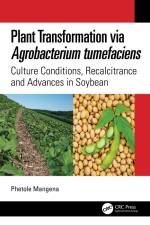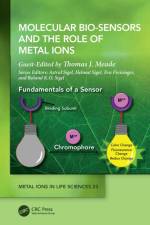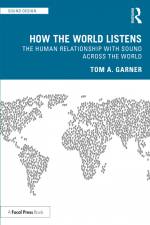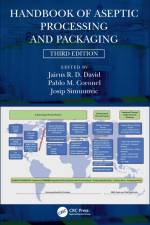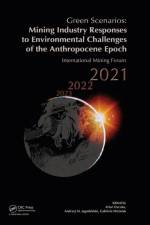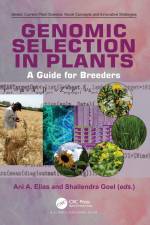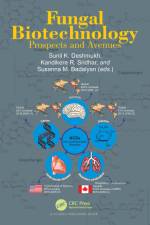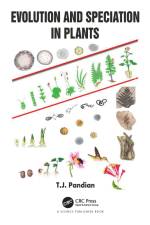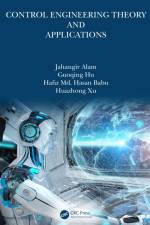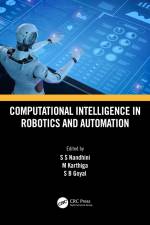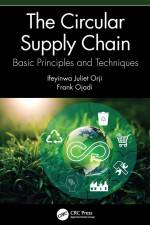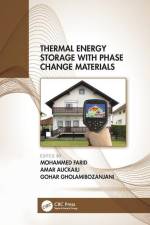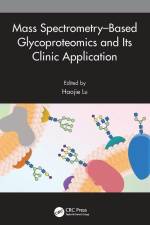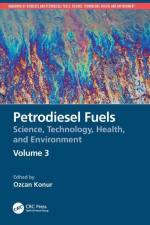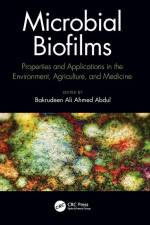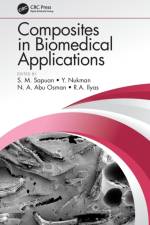- Properties and Applications in the Environment, Agriculture, and Medicine
av Bakrudeen Ali Ahmed Abdul
759,-
This book provides a broad range of applications and recent advances in the search for biofilm materials in nature. It also explains the future implications for biofilms in the areas of advanced molecular genetics, pharmaceuticals, pharmacology, and toxicology. This book is comprised of 20 chapters from leading experts in the field and it examines immunology and microbiological studies derived from biofilms as well as explores environmental, agricultural, and chemical impacts on biofilms. It is divided into five subdivisions: biofilms and its complications, biofilm infections in human body, detection of biofilm-forming pathogens, antibiofilm chemotherapy, and biofilms production tools in aquaculture. This book may be used as a text or reference for everyone interested in microbial biofilms and their current applications. It is also highly recommended for environmental microbiologists, medical microbiologists, bioremediation experts, and microbiologists working in biocorrosion, biofouling, biodegradation, water microbiology, quorum sensing, and many other related areas. Scientists in academia, research laboratories, and industry will also find it of interest. This book includes chapter homework problems and case studies. Powerpoints are also available for adopting instructors.Discusses and clarifies the resource of isolation and chemical properties from biofilmsDiscusses the latest pharmaceutical, pharmacological, and medicinal approaches toward the treatment of chronic and uncured diseases, such as Alzheimer's osteoporotic, sexual dysfunction, sleep sickness, allergy treatment, asthma, hair loss, AIDS, hypertension, antiaging, etc. Examines immunology and microbiological studies derived from biofilms Explores environmental, agricultural, and chemical impacts on biofilms.Dr. Bakrudeen Ali Ahmed Abdul is an Associate Professor, the Head of the Department of Biochemistry and Dean of the School of Life Sciences, Centre for Research and Development (CRD), PRIST Deemed University, Vallam, Thanjavur, Tamil Nadu, India. His research areas include the application of plant biochemistry, bioactive compound production, biotechnological methods, development of pharmaceutical products and pharmacological studies.


